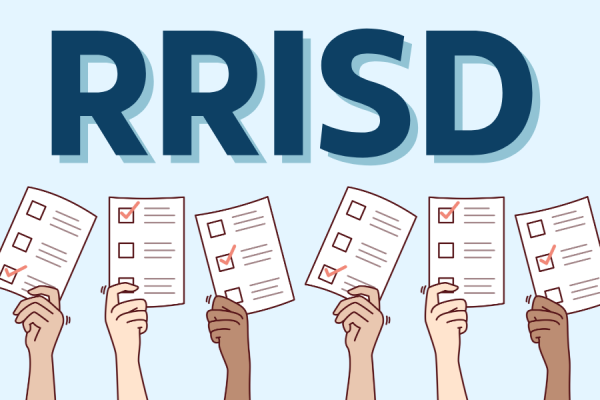Veronica Roth’s ‘Carve the Mark’ Unleashes a Wave of Controversy
Following the conclusion of her best-selling series Divergent, Veronica Roth began a new series with the Jan. 7 release of Carve the Mark. Written in a fantasy-cross-sci-fi style, the book takes place in an alternate galaxy where some individuals’ lives are set by fate and all are affected by the development of “currentgifts,” magic-like talents. Carve the Mark follows the stories of two main characters, Cyra, the sister of the tyrannical dictator of the Shotet nation, and Akos, the kidnapped son of an oracle of Thuve, the rival nation of the Shotet, as they quest to find an end to the ages-long conflict between their peoples.
Carve the Mark provoked concerns of racism and disrespect for chronic illness (especially pain) after its release to advance readers and once again following its launch to the general public. The Shotet, generally viewed as barbarians by the Thuve, are mixed-race warriors and perform a nomadic ritual, the Scavenge, as part of their religious traditions. Thuvesits, in contrast, are peace-loving, presumably light-skinned farmers due to their tendencies to blush easily. Furthermore, Cyra’s currentgift, the ability to transfer pain to others, causes her constant, intense pain, yet she comes to regard it truly as a “gift” towards the end of the story because of the protection it offered her against her abusive brother.
I respect the fact that Carve the Mark has caused hurt and offense to a significant portion of readers and I recognize that I am in no position to address arguments regarding chronic pain, but personally, even knowing about these issues prior to reading and even as a person of color, the allegations of racism didn’t particularly stand out to me. Carve the Mark employed the stereotypical setup of “civilized” versus “savage” to explore themes of tolerance despite propaganda-induced prejudice. Roth shows how customs viewed as barbaric by most cultures have meaning to a different group. For example, the “marks” mentioned in the title are carved into the Shotet’s arms after they a life but also after the passing of loved ones. Although used to inspire fear by the dictator, the tradition is meant to enable Shotet to mourn and to warn of the consequences of taking a life. The Scavenge serves as another tradition looked down upon by most cultures as the picking up of other people’s garbage, but to the Shotet, the custom symbolizes renewal and faith. Ultimately, both the Shotet (who view the Thuvesit as weak) and the Thuvesits (who scorn the Shotets’ supposed barbarism) show prejudice against each other, including major characters such as Cyra and Akos and leaders such as Ryzek of the Shotet and Chancellor Isae of Thuve. Contrary to promoting racism, the anger between the nations in Carve the Mark portrays the struggle of finding the truth despite propaganda and illustrates one of the main themes in the novel, that in a conflict, both sides are guilty of malignant stereotyping.
Asides from the controversial aspects of the book, I found Carve the Mark to exhibit the traditional aspects of science fiction, with a gripping plot and fast-paced action, yet retain originality in its worldbuilding and character development. Akos and Cyra particularly stood out to me. Far from being the typical male hero, Akos’s compassion causes him conflict over his actions, and his turmoil brings a sense of reality to the events in the book. He also displaces a readiness to accept others despite initial doubts about their purity of character. Cyra’s character development was also fascinating in that she faced so much inner and outer pain, but was still able to believably retain strength of character and purpose. Although these characteristics are shared by many sci-fi heroes, Akos and Cyra’s gray moral boundaries with regards to violence and honor yet moral strength with family loyalty and love made them far from flat characters.
With so much attention paid to the development of her protagonists, however, Roth neglected to truly give life to her villains and skimped on the world-building. The tyrannical ruler of Shotet was extremely simplistic, and though Roth provided background on his upbringing, she failed to fully show his inner turmoil. Roth also missed an opportunity to do more with the setting, which didn’t really take advantage of its space aspect or venture too much into the cities of Shotet and Thuve, confining itself to the spaceship and to the castle. Readers might also find the writing style somewhat strange, with the story split between a first-person narration for Cyra and a third-person style for Akos. Despite these flaws, however, the plot twists and the complex relationship between Cyra and Akos make for a highly engaging, action-packed story.
Carve the Mark starts off slower to allow for character and world development and ends fast-paced, creating an enjoyable plotline. Both old fans of Veronica Roth and science fiction and book-lovers in general will enjoy Roth’s original twist on sci-fi.

Aside from being a student, I dance and play piano. I’m invested in the arts, but also enjoy science, math, and logic. In my free time, I also obsessively...


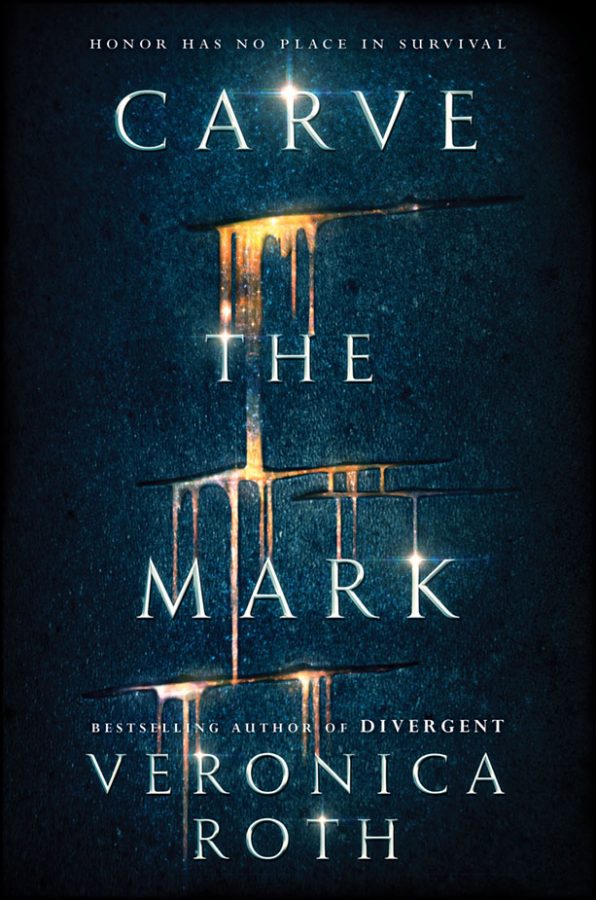

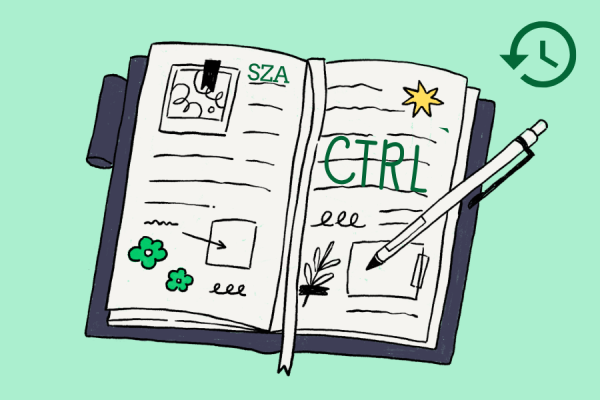

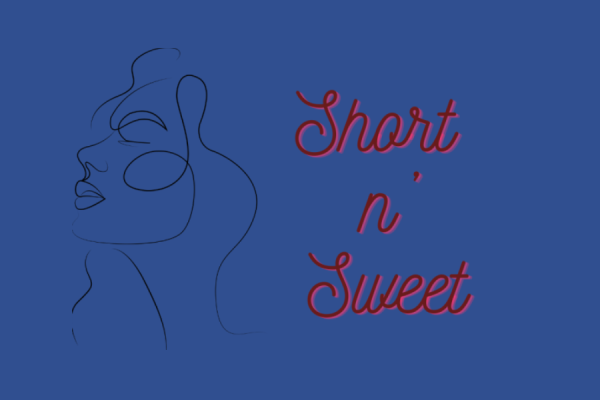
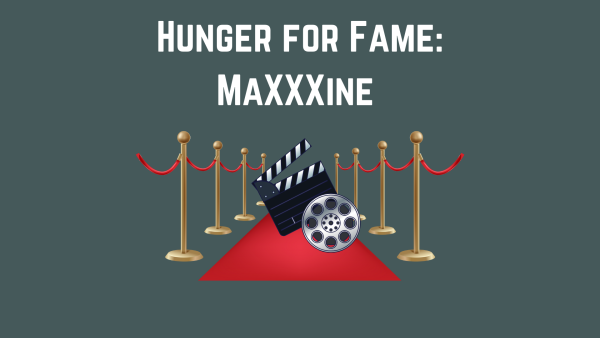
![In one of the newly made garden beds, Christopher Li '25 sets a plant in the soil. He collected a variety of plants and seeds to include in the garden. "I also collected [a lot of the seeds I sowed] outside in neighborhoods, parks, and sometimes on the side of the road," Li said.](https://westwoodhorizon.com/wp-content/uploads/2024/10/DSC_0037-600x397.jpg)
